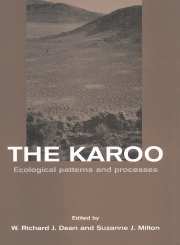Part two - Form and function
Published online by Cambridge University Press: 23 December 2009
Summary
Although a clear definition of an adaptation continues to elude evolutionary biologists (Williams 1966; Gould and Vrba 1982; Sober, 1984; Stearns, 1986, 1992; Brandon, 1990; Reeve and Sherman, 1993; Leroi et al., 1994), few would disagree that an adaptation can only be considered as such if it is associated with a specific function or task. Most would also agree that, for evolution to occur by natural selection, at least three necessary conditions need to apply; the trait under selection must be inheritable, the unit of selection must vary with respect to the trait, and the heritable trait must lead to differential reproductive success, i.e. enhanced fitness (Williams, 1966; Stearns, 1986, 1992; Harvey and Pagel, 1991). Individuals at all life-stages must therefore be able to survive the physical and biotic hazards of their environment and be capable of harnessing sufficient resources to grow and reproduce.
The purpose of this section of the book is to provide a synthesis of what we currently understand about the form and function of desert organisms. But what, exactly, do we mean by form and function? In terms of the adaptation concept, a form should be defined as any adaptive morphological, behavioural, or physiological phenotype or character serving a particular function or task which enhances the fitness of an individual. However, it should be emphasized that not all authors in this section have elected to define form and function in these terms.
Information
- Type
- Chapter
- Information
- The KarooEcological Patterns and Processes, pp. 87 - 90Publisher: Cambridge University PressPrint publication year: 1999
